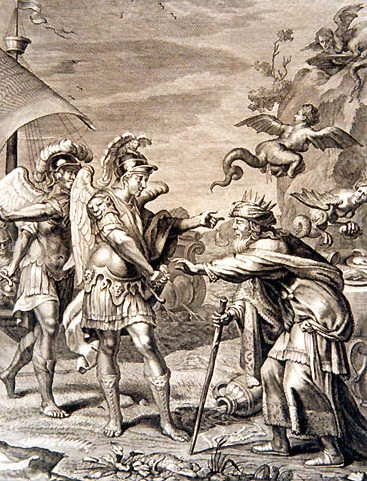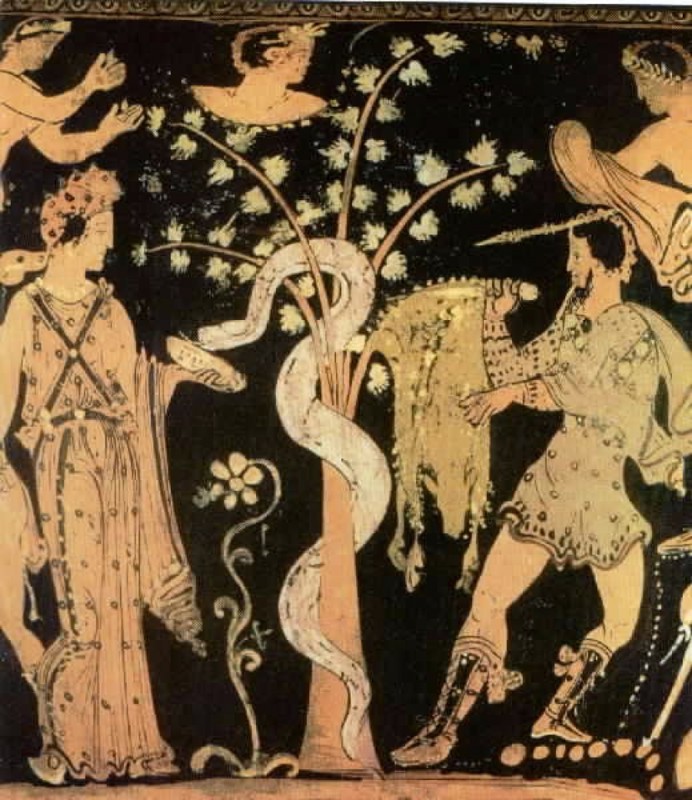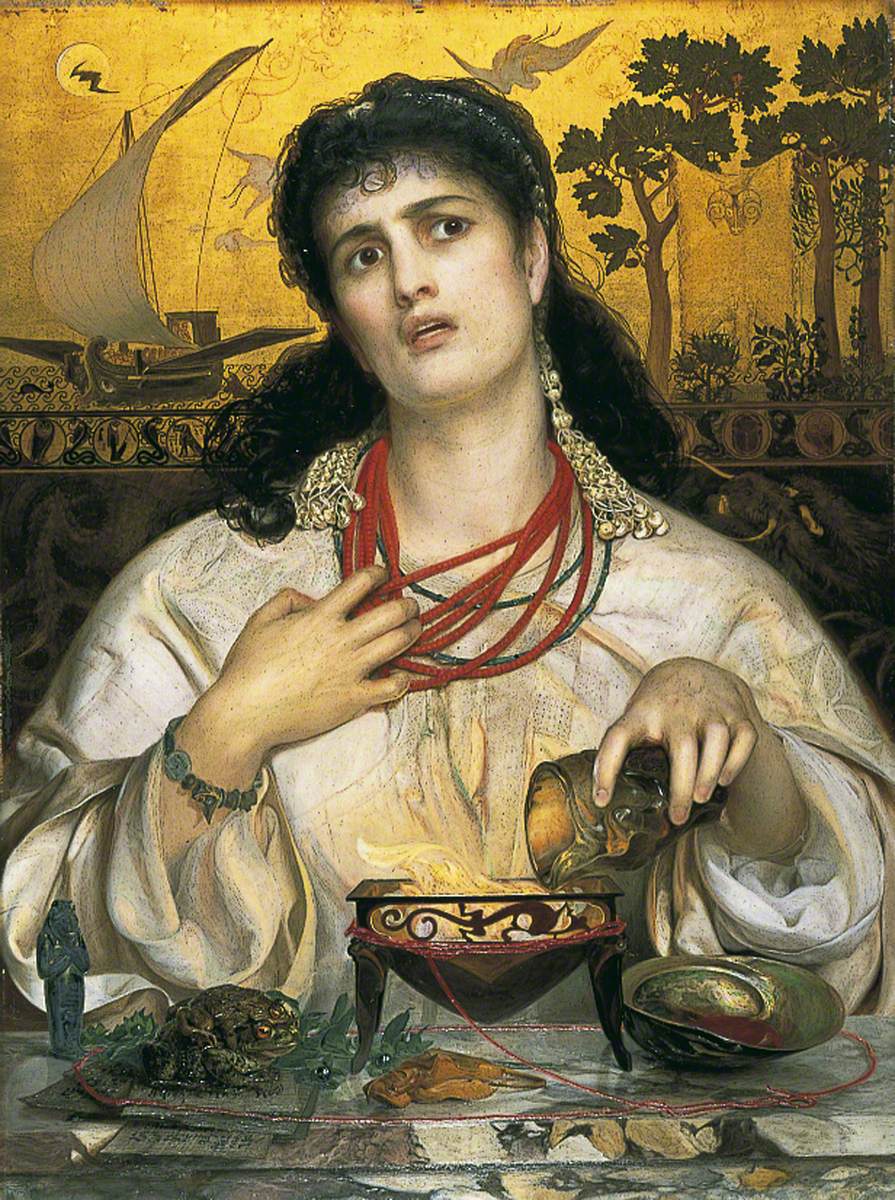I’ve Had the Breath of Liars Blowing Me Off Course in My Sails (original) (raw)

Jason and the Argonauts, by Apollonius of Rhodes, translated by Aaron Poochigan, notes by Benjamin Acosta-Hughes – Dating from the third century BCE, this epic poem, originally written in Latin, retells the classical myth in a style reminiscent of Homer’s work. The author is apparently actually from Alexandria, but came to be associated with Rhodes for some reason, possibly because he was exiled there. It was a good read, but this isn’t so much of a review as it is a look at some of the aspects that stood out for me. The epic tells of the adventures of Jason, a handsome guy who mostly lets everyone else do things for him.
But then, maybe that’s a hard thing to avoid when the crew of the Argo includes so many heroes of other myths, including the big guy himself, Hercules. There’s even some discussion early on that maybe he should be the one who leads the expedition, but he’s not known for his leadership abilities, and stays behind on an island after his companion Hylas drowns, leading to suspicion that Jason left him there on purpose.
The Dioscuri are also there, and Polydeuces kills the belligerent King Amycus in a boxing match.
Zetes and Calais, sons of the North Wind Boreas, chase away the Harpies who are tormenting the blind seer Phineas.
Hera and Aphrodite conspire to make Medea fall in love with Jason, enough so to betray her family and kill her brother Apsyrtus to help out her new lover.
And he has the audacity to marry someone else in Corinth, although that’s not part of this story. Jason compares their situation to that of Theseus and Ariadne, conveniently leaving out the part where he leaves the Cretan Princess alone on an island. It’s also weird because Theseus is often said to have encountered Medea when he first arrived in Athens. There’s also a mention that Theseus isn’t himself one of the Argonauts because he’s trapped in the Underworld, which again would presumably have been after he met Medea.
It’s one of the hazards of tying together different stories with the same characters, I suppose; the people who told these myths didn’t have a continuity guide to work with. I’ve heard indications that some versions of the story have the Argonauts encountering the Hesperides, who are said to live in the far west, way out of the way of any route from Colchis to Iolchus. The explanation here is that the ship is blown off course after almost getting back to Iolchus, in a manner reminiscent of Odysseus with Ithaca. When Jason and company reach the home of the Hesperides, they’re told that Hercules had just been there and taken their apples, so I guess they’re not going with the version I heard first, that Atlas got the apples for Hercules. It fits with how the more famous hero is always on the periphery of this story even when he’s not in it. The Argonauts also visit the part of Italy where Phaethon fell to Earth. I’ve seen indications that he landed in the mythical northern land of Hyperborea, but I believe the Italian location has to do with how the Po River was associated with the constellation Eridanus. Phaethon, as a son of Helios, would also have been Medea’s uncle. Her aunt, Circe, also plays a role, performing a ritual to absolve her and Jason of their murder of Apsyrtus. There are a lot of references throughout the poem of the Argonauts establishing various shrines and cultic centers, presumably ones that still existed in Apollonius’ time. And that’s not even getting into the six-armed giants.
This entry was posted in Book Reviews, Greek Mythology, Mythology, Poetry, Relationships and tagged aaron poochigan, amycus, aphrodite, apollonius of rhodes, apsyrtus, argo, argonautica, argonauts, ariadne, atlas, benjamin acosta-hughes, boreas, calais, circe, dioscuri, eridanus, hera, heracles, hercules, homer, hylas, jason, jason and the argonauts, north wind, odysseus, odyssey, phaethon, polydeuces, theseus, witches, zetes. Bookmark the permalink.
